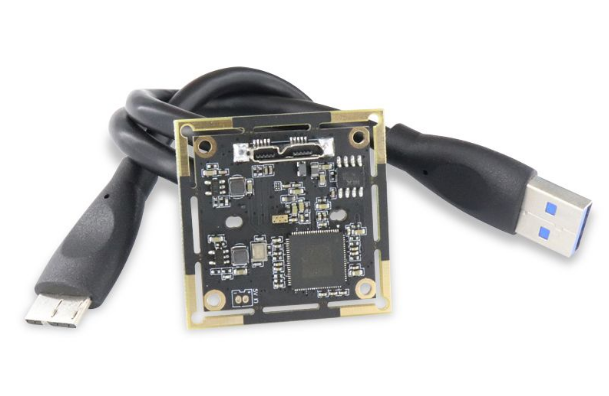Camera Module Buying Guide: How to Choose the Right One for You
Introduction
Camera modules have become an integral part of our lives, as they are found in smartphones, tablets, laptops, surveillance systems, and various other devices. Choosing the right camera module can significantly impact the quality of your photos and videos, making it essential to make an informed decision. This buying guide will help you understand the key factors to consider when selecting a camera module that suits your needs and preferences.
1. Purpose and Application
Before delving into technical specifications, it's crucial to identify the primary purpose of the camera module. Are you looking for a camera to capture high-quality photos for personal use, vlogging, or professional photography? Do you need a camera module for embedded systems, robotics, or IoT applications? Determining the intended use will narrow down your options and ensure you choose a suitable camera for your specific needs.
2. Image Sensor Type
The image sensor is the heart of a camera module and directly impacts the image quality. The two common types of image sensors are Charge-Coupled Device (CCD) and Complementary Metal-Oxide-Semiconductor (CMOS).
- CCD sensors are known for delivering high-quality images with excellent color accuracy and reduced noise, making them ideal for professional photography. However, they tend to consume more power and are generally more expensive.
- CMOS sensors are more commonly found in consumer-grade cameras due to their lower power consumption, faster processing speeds, and cost-effectiveness. They offer good image quality and are well-suited for everyday photography and video recording.
3. Resolution
The resolution of a camera module is determined by the number of pixels it can capture. Higher resolution cameras produce sharper and more detailed images. Consider your intended use: for casual photography and social media sharing, a resolution of 8-12 megapixels is generally sufficient. However, if you need images for printing or professional purposes, opt for modules with 16 megapixels or more.
HBVCAM IMX179 8M Pixle Auto Focus CMOS USB3.0 Camera Module
4. Aperture Size
The aperture size, measured in f-stops, determines the amount of light a camera module can gather. A larger aperture (smaller f-stop value) allows more light, making it suitable for low-light conditions and creating a shallow depth of field effect. A smaller aperture (larger f-stop value) is preferable for landscapes and capturing more details in well-lit environments.
5. Lens Quality
The quality of the camera module's lens significantly impacts image sharpness and clarity. Look for lenses made of high-quality materials like glass or multi-coated plastic. Additionally, some camera modules offer optical image stabilization (OIS) or electronic image stabilization (EIS), which reduces blurriness caused by hand movement during photography or video recording.
6. Video Capabilities
If you plan to use your camera module for video recording, consider its video capabilities. Check for features like 4K video recording, frame rate options, and video stabilization. A camera with 4K support can capture stunningly detailed videos, but it may require more storage space.
7. Connectivity and Interface
Evaluate the connectivity options and interface compatibility of the camera module with your intended host device or platform. Most camera modules use standard interfaces like MIPI CSI-2 for connecting to processors in embedded systems, while USB interfaces are more common in webcams and consumer devices.
8. Size and Form Factor
The physical size and form factor of the camera module are essential considerations, especially for compact devices like smartphones and tablets. Ensure the camera module fits the available space without compromising other components or affecting the device's aesthetics.
9. Power Consumption
For battery-powered devices, the camera module's power consumption is critical. CMOS sensors generally consume less power than CCD sensors, but other factors like image processing and video recording can also impact power usage.
10. Price and Brand Reputation
Finally, consider your budget and the reputation of the camera module's manufacturer. While reputable brands might cost more, they often offer better support, warranty, and consistent performance. However, lesser-known brands may also offer competitive options at a more affordable price.
Conclusion
Selecting the right camera module involves considering various factors, such as image sensor type, resolution, aperture size, lens quality, video capabilities, connectivity, size, power consumption, and budget. By understanding your specific requirements and evaluating these features, you can find a camera module that meets your expectations and captures stunning photos and videos for your chosen application. Always read reviews and seek expert advice if you're unsure about which camera module is best suited for your needs.
If you want to know more information about camera module, please contact us. We will provide professional answers


评论
发表评论